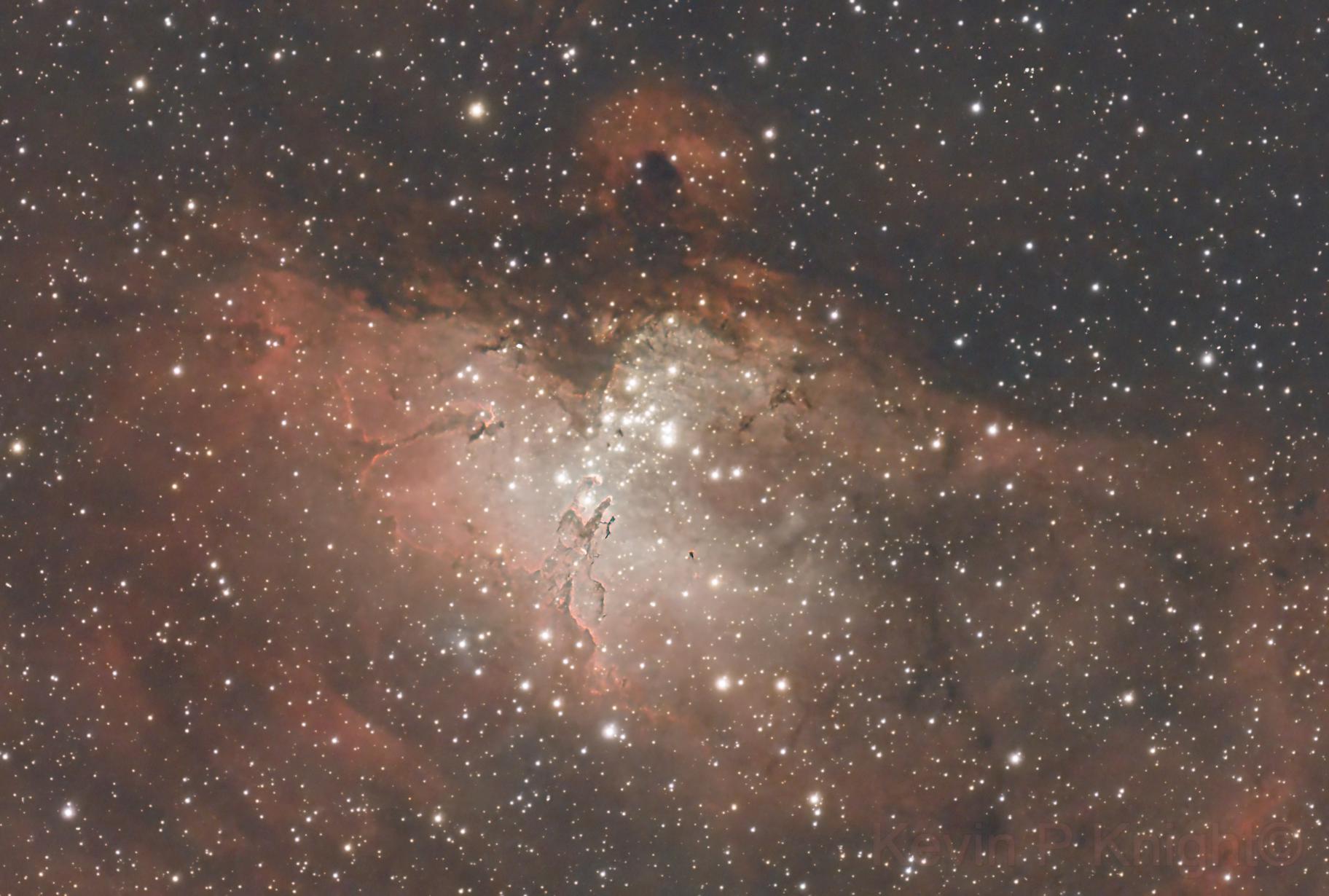With all the cloudy weather in AZ this week I was only able to get 2 hours of data, but wanted to practice post processing on our first nebula shot. Can’t wait to add to this over the next few weeks.
Question. Should I move to 2 or 3 min subs or stay with 1 minute exposures?
Edit. Adding the following at the very good suggestion of another user.
120x60s @gain 100
Workflow was WBP high quality preset, with drizzle 2x. DBE, SPCC, BXT, SXT, stretched starless and used curves to adjust a bit further with a small amount of saturation boost, stretched the stars with no further correction, and then finished with NXT and a 50% crop.
ZWO AM5
WO Redcat 71
ZWO ASI 2600
MCFMA230 Guide Scope
ZWO ASI 120 MM mini
ZWO ASIAir Plus
No filter

Question. Should I move to 2 or 3 min subs or stay with 1 minute exposures?
Edit. Adding the following at the very good suggestion of another user.
120x60s @gain 100
Workflow was WBP high quality preset, with drizzle 2x. DBE, SPCC, BXT, SXT, stretched starless and used curves to adjust a bit further with a small amount of saturation boost, stretched the stars with no further correction, and then finished with NXT and a 50% crop.
ZWO AM5
WO Redcat 71
ZWO ASI 2600
MCFMA230 Guide Scope
ZWO ASI 120 MM mini
ZWO ASIAir Plus
No filter



